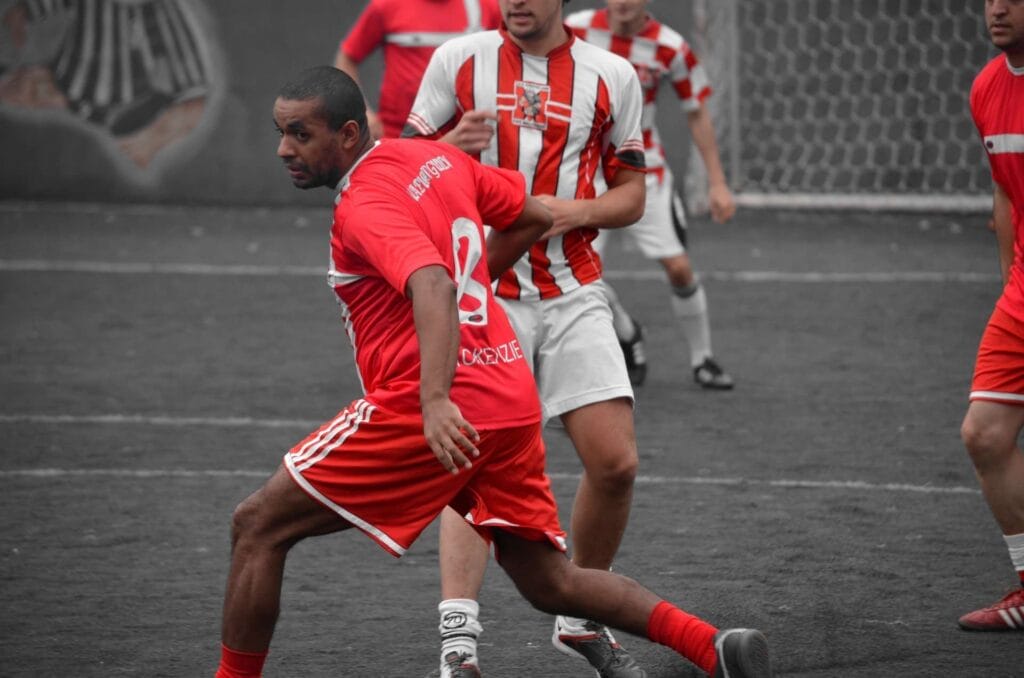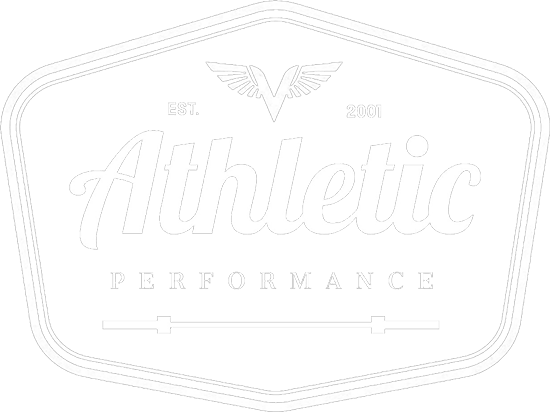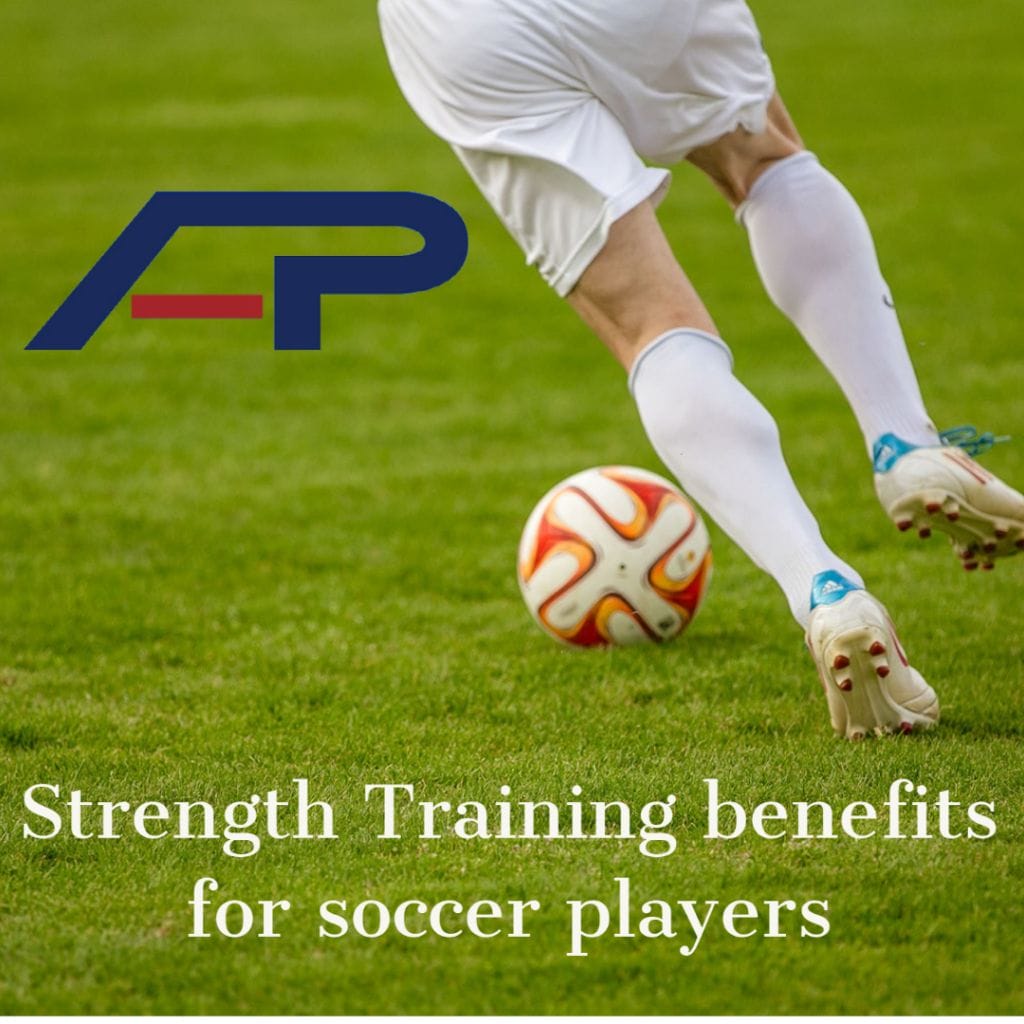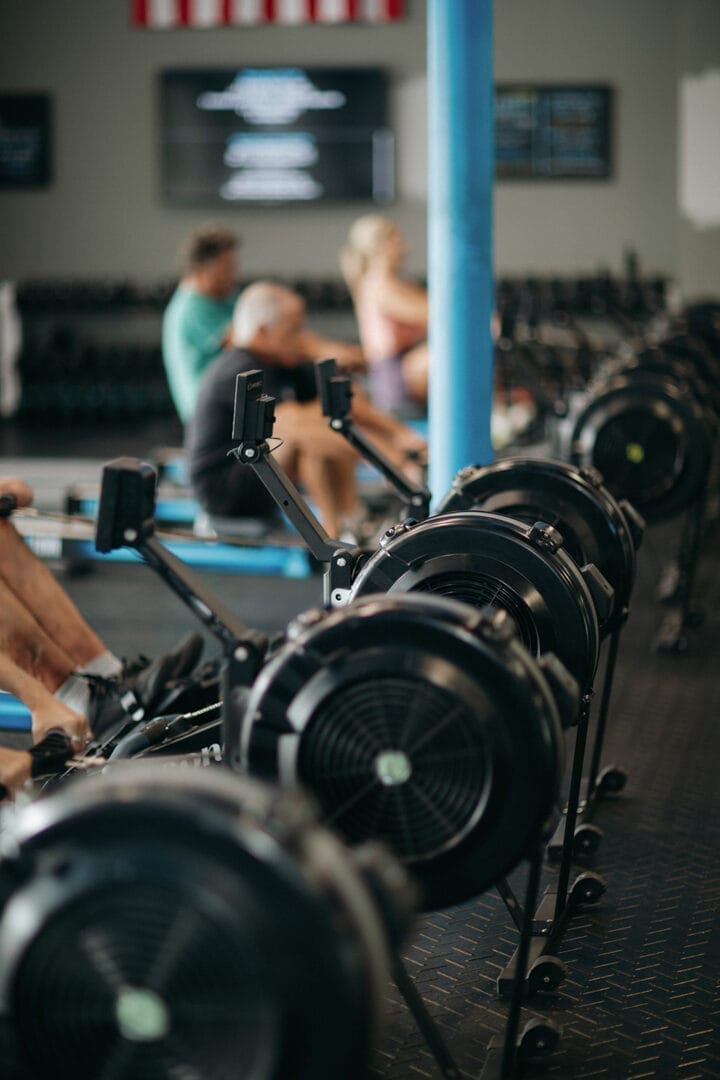
A quite common misconception is that weight training for soccer players has negative effects and are not needed. However, this is not the case. Soccer is a complex sport consisting of both mental and physical strength. Having a high skill set and a mind for the game is priority and will take you anywhere, but having an athletic edge being both physically fit and strong can skyrocket a player to the next level. With the biggest benefit a soccer player can attain from weight training is injury prevention. Athletes with an imbalance or weakness in a muscle group or joint such as hamstring or ankle can result in an injury. Soccer has both contact injuries and non-contact injuries, the most common are non-contact. The two-main injury prone joints are the ankle and knee. As well as the two-main muscle groups such as the hamstring and quadriceps muscles. By properly maintaining and training these joints and muscles a soccer player can stay fit and healthy as well as gain strength and speed over their opponents.
Knee and Ankle
When working with the knee and ankle the main exercises are core stabilizing movements. These exercises will target the little muscles and tendons around the ankle and knee causing them to work and be under stress in a controlled environment. The exercise athletes will use is a Bosu Ball. This half medicine call allows an athlete to be in an unstable position and learn to shift weight and stay balanced. By training them to react and stretch in uncomfortable situations they will be able to react properly and activate in a match setting without injury.
The next progression after activating the knee and ankle stabilizers are 2-way and 4-way Speed Skaters. This exercise involves an athlete’s full body weight to be shifted from one side to the other. By absorbing the weight into one side ankle/knee the athlete can then redistribute that weight into a jump and land on the opposite ankle/knee. This dynamic movement is good for knee/ankle prep and multidirectional training.
Glutes, Hamstrings and Quads
Having stable joints and joint stabilizers is the first step. The second is having strong prime movers such as the hamstrings and quadriceps. These muscles are solely responsible for sprinting, kicking, jumping every single movement used to play the game. The quadriceps being the most primarily used muscle for a soccer player. When defending and changing direction the quads take most of the load and are constantly under stress. To weight train them using a kettle bell and performing Kettle Bell Front Squats will activate the big muscles and allow them to be carefully loaded without injury. Focusing on keeping form correct and doing slow and controlled movements. The next progression is the Peterson Step Up. This movement involves a small box and the athlete standing on the side of the box with one leg and with the other leg in the air and slightly forward. The athlete will then single leg squat pushing their butt back and lightly tap their heel of their foot to the ground and then go up again. This will activate the glute and the quads.
For explosiveness in sprinting the hamstrings are a prime mover. To train this muscle the first exercise is a Nordic Hamstring Curl. This exercise is performed by a teammate holding the athlete’s feet down while the athlete who is on their knees then slowly falls forward resisting the fall to the ground. This will activate the hamstrings and allow the athlete to know where he or she is in terms of strength. We find that in most soccer players the hamstrings are very weak. The next progression is Single Leg RDL. This exercise is performed by balancing on one leg while keeping a straight back and hinging at the hips lower the chest down while kicking the lifted leg back. This isolate one hamstring group. In terms of exercises soccer players need to become masters in, Single leg RDL are one every soccer player should know and perform well. The Final progression is a Straight Leg Hamstring Raise. This movement starts by having the athlete lay on their back with their knees slightly bent driving their heels into the ground. Then bridge up raising their body up and alternating raising a straight leg into the air and setting it down back on the heel.
Agility and Fitness
After these strength and stabilizing exercises its good to get some agility and fitness in as well. The first exercise will be Small Lateral Hurdle Runs into a 5-yard sprint. This exercise hits both agility and fitness getting the athlete to get their knees up while also having quick feet and transitioning their body into a 5-yard sprint. The second exercise is a Speed Ladder. A simple exercise with many different patterns. This tool is great for lateral movement, forward and interchanging foot work. Finally, the last exercise is the Square Drill. This drill incorporates all directions such as: shuffle, sprint, and backpedal. It is incredibly good for any positional player and the distances can change to add difficulty or precision.
If you are trying to be the best player on the field hopefully this helps you see the importance of weightlifting.


